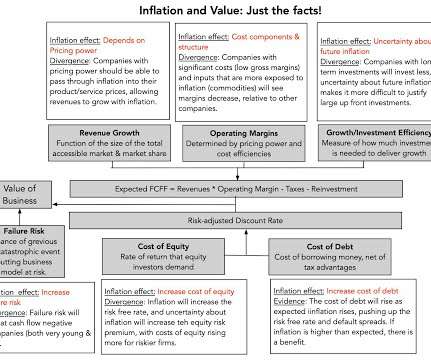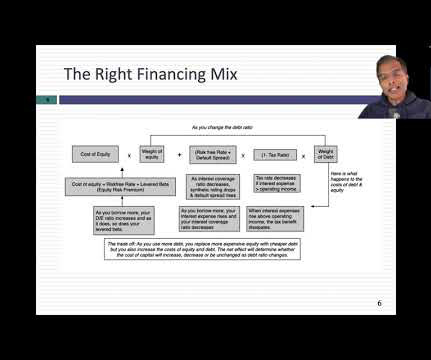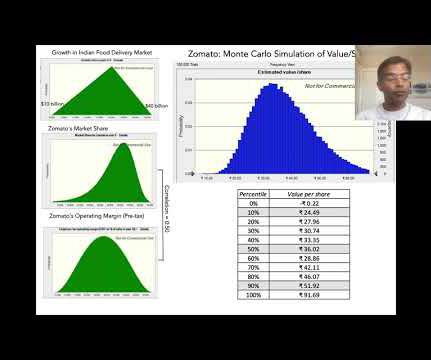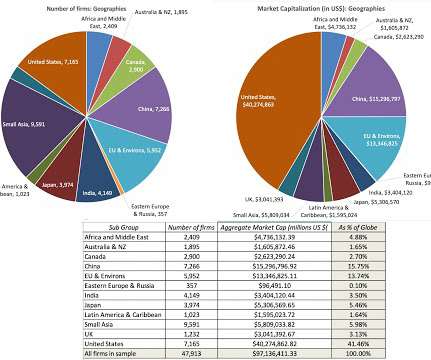The Dividend Discount Model (DDM): The Black Sheep of Valuation?
Brian DeChesare
MAY 3, 2023
You usually link Revenue to market share * market size or units sold * average selling price, with expenses linked to Capacity, unit sales, or another top-level driver. Also, the Terminal Value is normally based on a P / E multiple or a Net Income Growth Rate. Note that there is no Equity Value to Enterprise Value bridge here.













Let's personalize your content